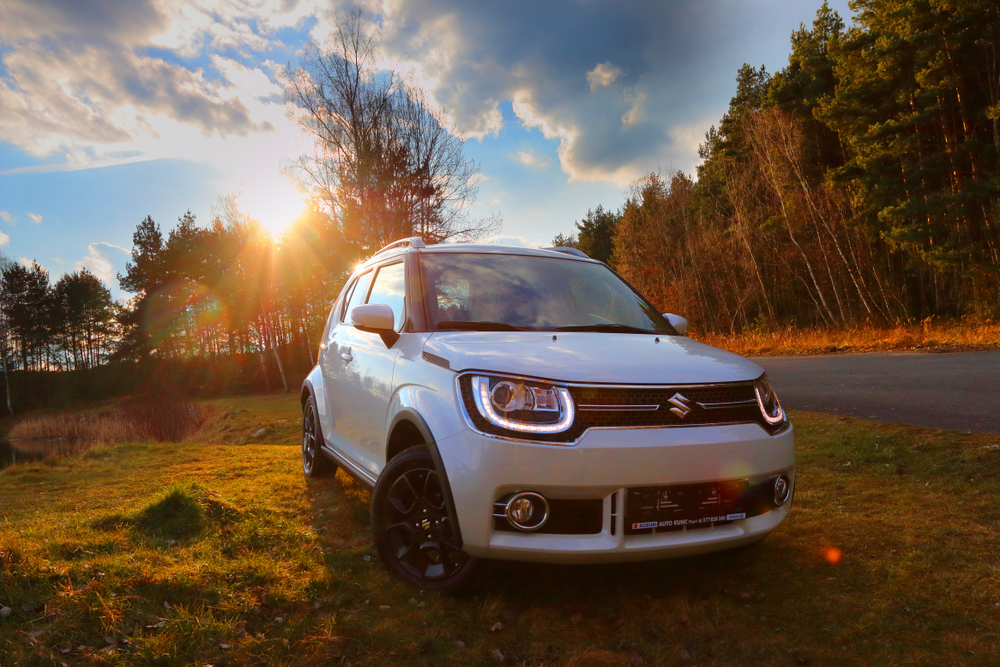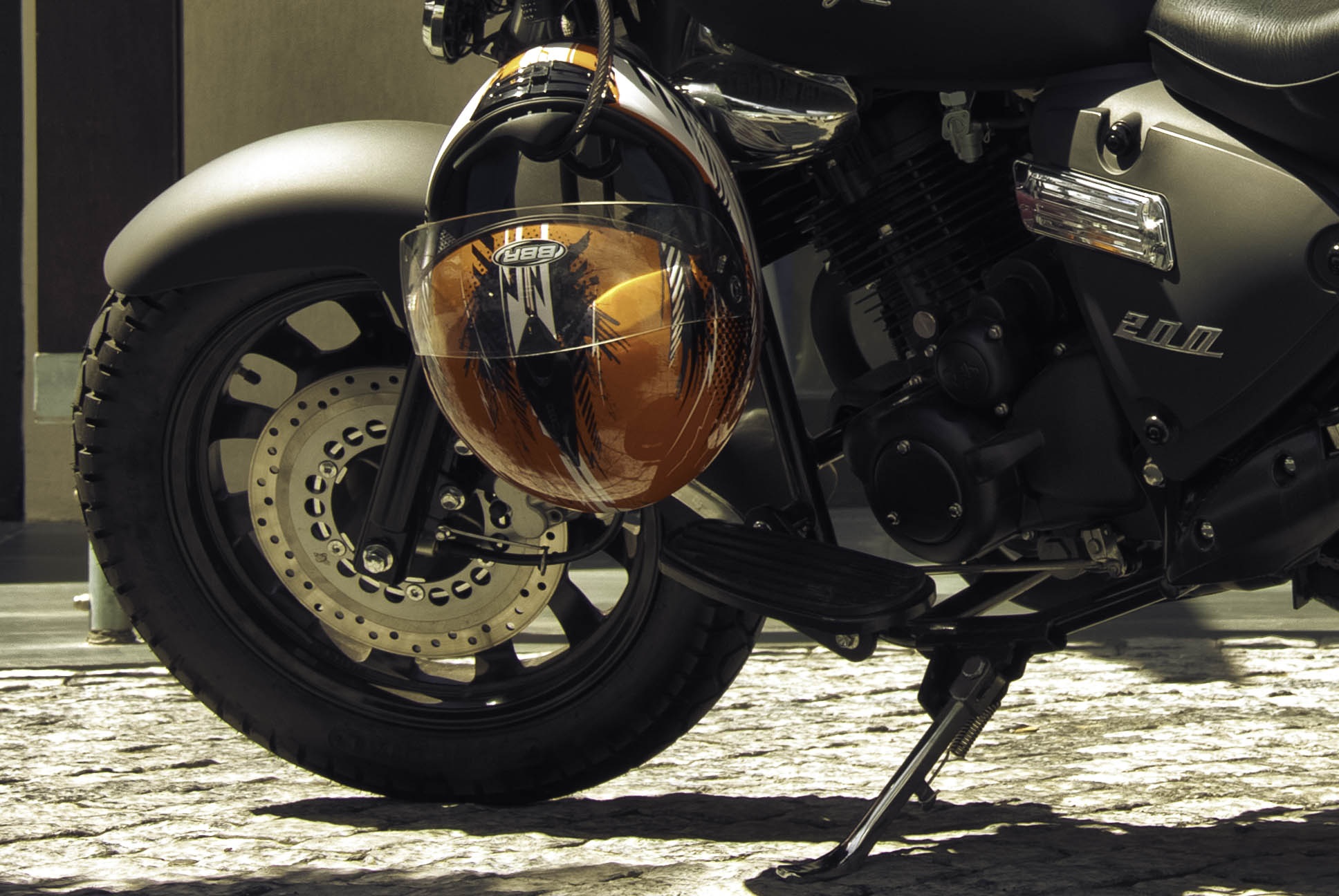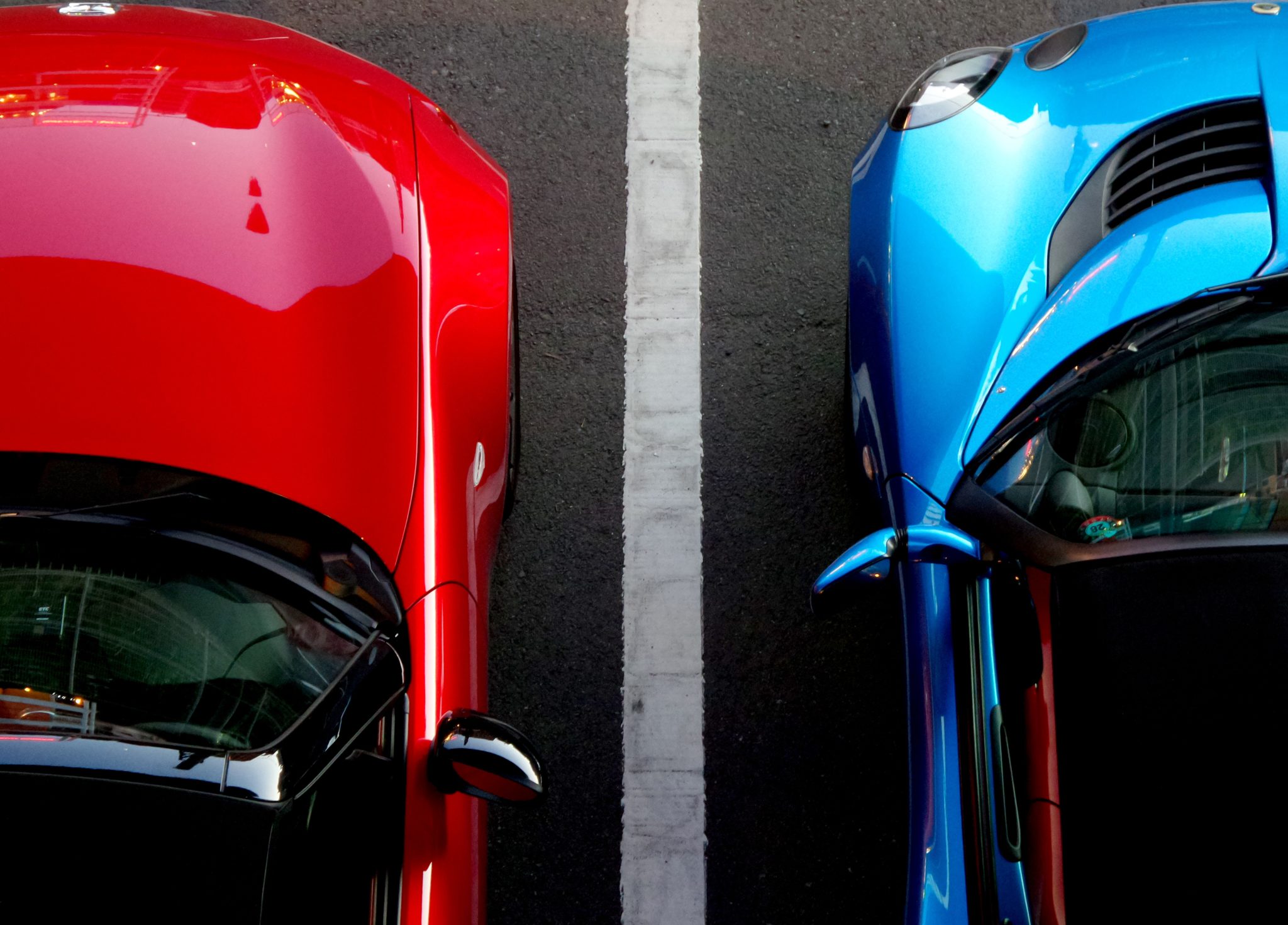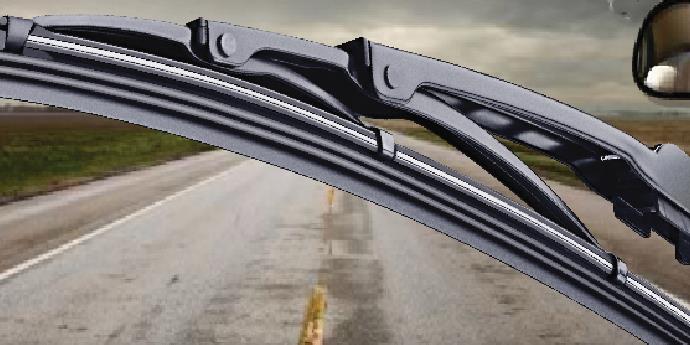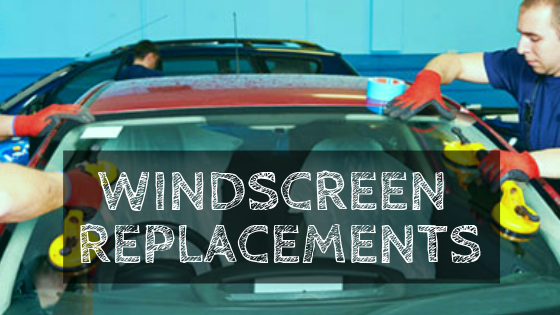While it is important to feel comfortable and in control of the car, it is equally important to choose a car that has safety features which protect the driver and the passengers.
People want to ensure that they are safe whenever they are inside the car, and the latest technology has made it possible to develop safety features that meet the demands of the consumers.
Cars manufactured by Maruti Suzuki have numerous models to choose from. These cars offer a range of safety features not many consumers know about. So, here are five features in the Maruti car you might not be aware of. Moreover, you can Find out more about Suzuki vehicles here.
1. ELR Seat Belts :
Seat belts are a vital safety feature in a car. The emergency locking retractor allows the driver’s seat belt to extend and retract with the movement of the occupant.
It locks the belt in case of a sudden stop or upon an impact. This ensures that there is no movement of the occupant in case of an accident or a stop.
2. Electronic Brake Distribution :
This is one of the most talked-about a safety feature in a car. The electronic brake distribution is a technology which varies the amount of force applied to the brakes of the car.
Basically, the force applied varies according to the road conditions, speed, loading and helps in the maintenance of vehicular control. Also, there is less braking pressure at the rear end which helps avoid skidding.
3. Anti-lock Braking System :
The anti-lock braking system prevents wheels of the car from locking up while braking. It offers better vehicle control in case of dry and slippery surfaces by reducing or increasing the braking distance.
This system has evolved over the years, and it not only prevents the wheel locking but also electronically controls the brake bias in the front and rear tires. It reduces the chances of heavy braking.
4. Front Dual SRS Airbags :
The restraint system of the airbags is used to supplement the seatbelt system and protect in case of crashes. It enhances passenger safety in case of a collision. It is equipped with a sensor which calculates the impact and intensity of the collision and deploys the airbag.
At the front, there are two airbags, one for the driver and one for the passenger. Moreover, these airbags open in no time and provide cushioning to the front seat passengers in case of an accident or collision. It is an effective safety feature that has helped save many lives.
5. ISOFIX Mounts :
ISOFIX is an international child safety fitting system which is similar to a child seat. The concept of a child seat is uncommon in India, but it is followed strictly across the world. ISOFIX mounts have specially designed fitting points. It allows easier and safer attachment of the child safety seat in the passenger seat of your car.
The ISOFIX connectors are two prongs which stick out of the back and click into the metal clip into the car seat. It provides a secure anchorage for the child seat and ensures that the child remains safe and secure in case of a sudden halt or high speed.
Your car may have all the safety features to protect you from an unfortunate event, but what about the safety of your car? Remember that driving in India comes with its own perils. We often hear cases of road accidents and rule-breaking. Considering these factors, it is important to get car insurance, moreover, a comprehensive one, right after you buy your Maruti car.
A comprehensive Maruti car insurance, will not only provide coverage for damages caused to the third-party but will also financially safeguard your car as well.
Comprehensive Maruti car insurance covers damage to your car caused by events that are out of your control and provides coverage against:
- Theft
- Vandalism
- Glass and windshield damage
- Fire
- Accidents with animals
- Damage to Third-party
- Weather/acts of nature, etc.
Conclusion:
While deciding to purchase a car, you always consider the safety features to ensure that you and your family are safe in case of a collision. However, you must also focus on protecting your car, which is one of the most significant investments you make in your life, by purchasing Maruti car insurance.
It is better to be safe than sorry, and whether you are on the driver seat or the passenger seat, these safety features (literally) and Maruti car insurance (financially) will keep you safe.
Read Also :













